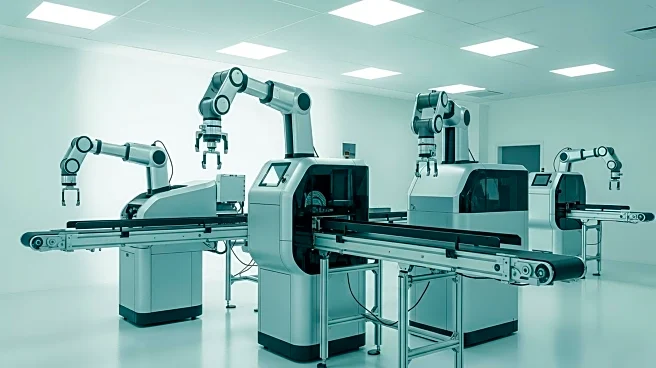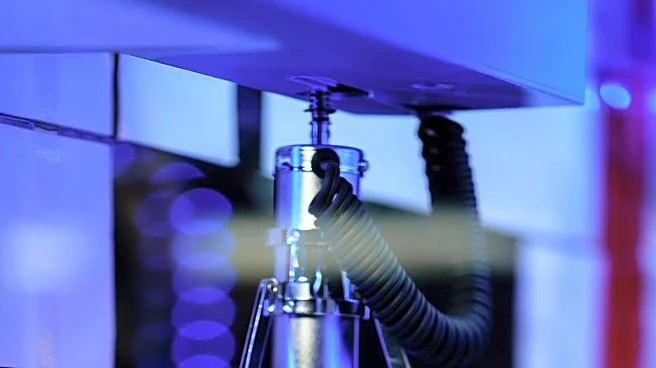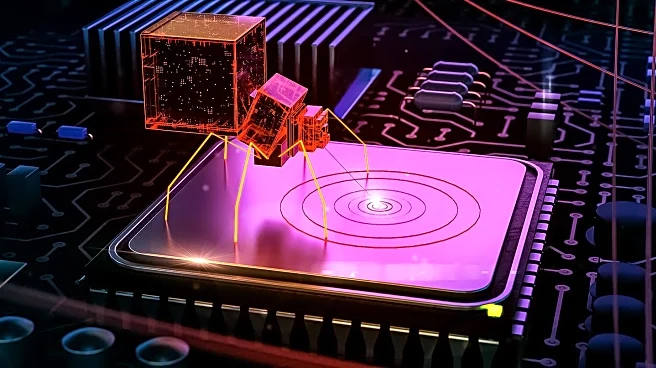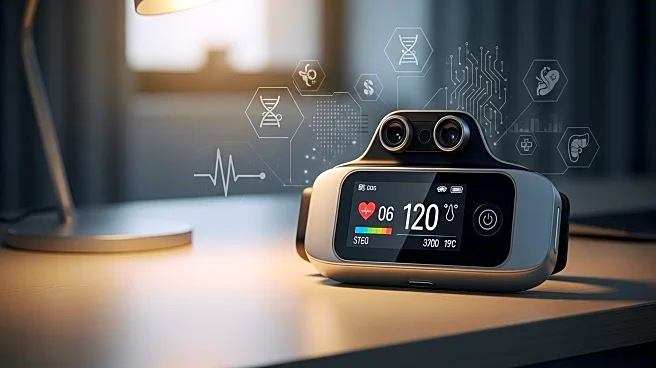What's Happening?
Proscia, a company specializing in pathology AI, has launched a new virtual staining feature within its Concentriq software platform. This technology, developed in collaboration with Pictor Labs, aims to reduce the costs and time associated with traditional chemical staining methods. Virtual staining uses AI models to replicate the effects of stains on tissue images, generating a whole-slide, virtually stained image from an unlabeled input in minutes, as opposed to the hours or days required by conventional methods. This advancement is set to transition from research applications to clinical use, thereby expanding diagnostic possibilities. The integration of H&E, IHC, and special stains into the Concentriq platform will enhance its precision medicine AI portfolio, which is utilized by over 12,000 pathologists and scientists globally.
Why It's Important?
The introduction of virtual staining by Proscia represents a significant advancement in digital pathology, potentially transforming traditional workflows that are often costly, slow, and destructive to tissue samples. By leveraging AI, laboratories can achieve more consistent and reproducible results, which is crucial for accurate diagnostics. This development is particularly important as it supports the broader adoption of AI in clinical settings, enhancing precision medicine capabilities. The ability to quickly and efficiently produce virtually stained images can lead to faster diagnostic processes, ultimately improving patient outcomes and reducing healthcare costs.
What's Next?
Proscia's integration of virtual staining into its Concentriq platform is expected to drive further adoption of AI technologies in pathology. As the technology transitions from research to clinical use, it may prompt other companies and laboratories to explore similar innovations, potentially leading to widespread changes in diagnostic practices. Stakeholders in the healthcare industry, including pathologists and medical institutions, may need to adapt to these new technologies, which could involve training and investment in AI infrastructure. The success of this initiative could also encourage further research and development in AI-assisted diagnostics.
Beyond the Headlines
The ethical implications of AI in pathology, such as data privacy and the accuracy of AI-generated results, may become more prominent as virtual staining gains traction. Additionally, the cultural shift towards AI-driven diagnostics could influence how medical professionals approach patient care, emphasizing the need for continuous education and adaptation to new technologies. Long-term, this development could contribute to a broader acceptance of AI in healthcare, potentially leading to innovations in other areas of medical diagnostics.










